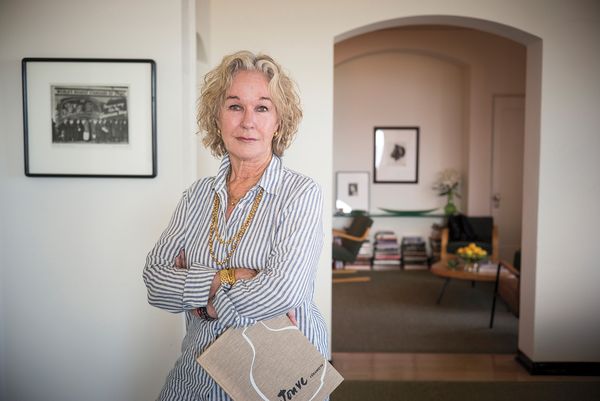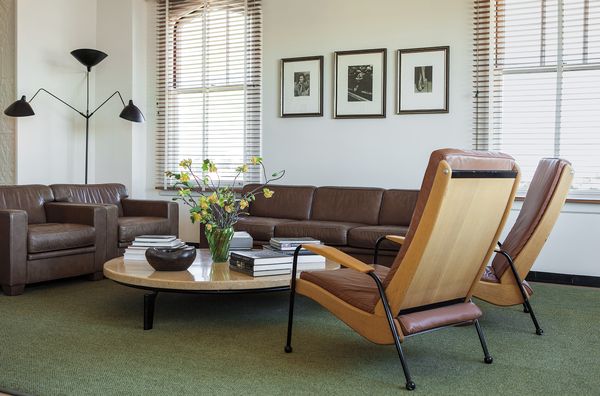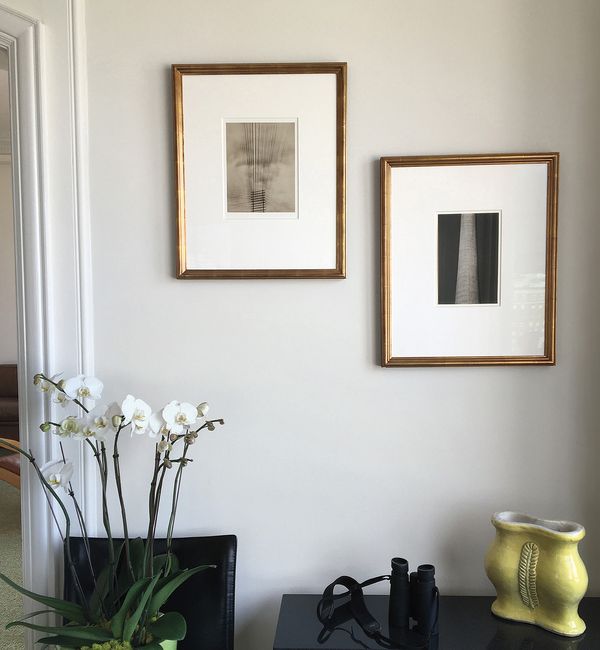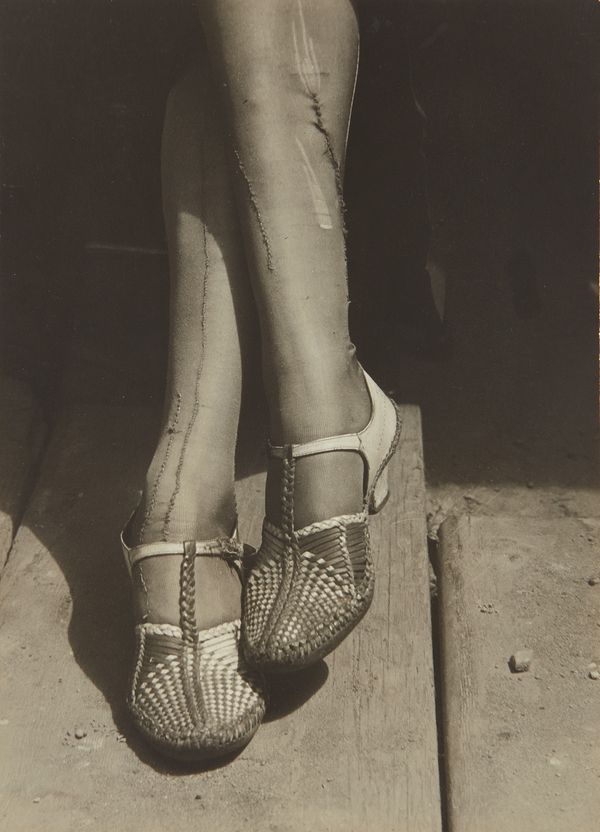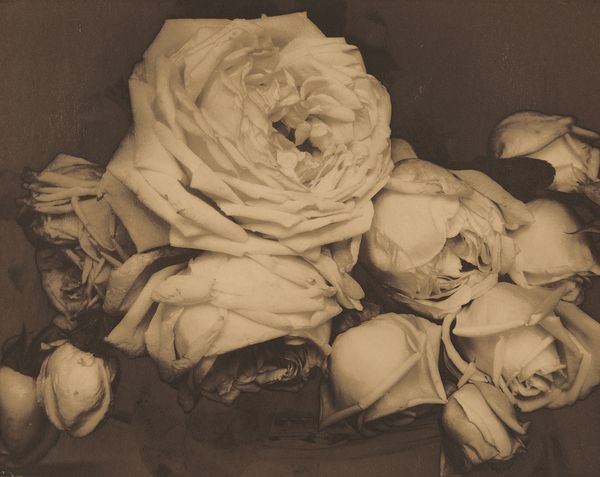Susie Tompkins Buell. Photo credit David Butow/Redux
Passion & Humanity: The Susie Tompkins Buell Collection is one of the finest and most select collections of photography in private hands. Replete with masterpieces by Tina Modotti, Edward Weston, Edward Steichen, Imogen Cunningham and Dorothea Lange, among many others, the collection is undeniably remarkable. It was built with feeling and intelligence, with passion and humanity.
Susie Tompkins Buell's early engagement with photography in the 1980s and 1990s shaped the market in the decades that followed. Her auction purchases of fine prints by Weston and Modotti for record prices in 1991, which made headline news in the art press and was noted by The New York Times, brought a new awareness to photography. Working in conjunction with her curator and close friend Merrily Page, she built her collection piece-by-piece, with strict attention paid to the quality of the images, and equally to the quality of the prints themselves.
Photograph by Laure Joliet for Remodelista, from 'A Home at the Top of the World, San Francisco Edition'
This all-important focus on quality resulted in a collection rich in prints in their ideal states: Weston's Palm Trunk, Cuernavaca, on its original mount and signed and dated in-full by him; Steichen's Heavy Roses, Voulangis, France, with its subtle use of solarization; and Margaret Bourke-White's 1937 Flood Refugees, Louisville, Kentucky, that bears a 1938 exhibition label, are just three examples among many ideal prints in this collection. These images have lost none of their aesthetic or social resonance since the time of their making.
Ms. Buell was a market maker at a crucial time in the photography world when the medium was just beginning to come into its own and evolving from a "collectible" into a mature and fully-formed feature of the fine-art market. Her commitment to photography was a major endorsement. After setting her sights on a worthy photograph, she was unafraid to pursue it past its high estimate, frequently setting artist records in the process. The quality of the collection, in terms of its overall aesthetic, thematic unities and the fineness of its individual parts, is a testament to her vision and determination.
Although the collection has many masterpiece-level works, Ms. Buell's vision extended beyond icons. She championed photographers such as Alma Lavenson and Consuelo Kanaga long before their achievements were generally acknowledged. The collection's outstanding Dorothea Lange holdings show not only several of the photographer's most famous image, but also many lesser-known but equally powerful photographs. This inclusion of under-represented photographers and images is one of the great strengths of the collection. Ms. Buell's approach to collecting photography parallels her political activism and involvement in causes benefitting women, girls and civil rights.
Left to right: Consuelo Kanaga Profile of a Young Girl from the Tennessee Series, 1948; School Girl (St. Croix), 1963
Another strength lies in its thoughtful combination of aesthetic and social concerns: the intersection between Modernism and social realism; between a sensibility informed by the art historical and a sensitivity informed by the social struggles of a changing world; between the passion of the photographers behind the camera and the humanity of the subjects captured by their lenses. The photographs demonstrate the medium's ability to find beauty in the ordinary, as well as the role that it can play in effecting change through a more sincere representation of the world around us. From the formal triumphs of Weston and Steichen, to Modotti's masterful balance between the artistic and the documentary, to Lange's and Kanaga's supremely empathetic portraits, The Susie Tompkins Buell Collection is not one thing, it is the intersection of many things, all of which are celebrated in this special auction.
I never thought of my photography collection as a financial investment, but rather as an emotional one.
From left, photographs by Tina Modotti and Edward Weston seen in the San Francisco home of Ms. Buell
Excerpt from Interview with Susie Tompkins Buell
Conducted by Allie Haeusslein, Associate Director of Pier 24 Photography
Originally published in expanded form on the occasion of their exhibition Collected in 2016
ALLIE HAEUSSLEIN: Why did you start collecting?
SUSIE TOMPKINS BUELL: I was setting up a new apartment, and I simply wanted to fill my walls with beautiful images that moved me—I never thought of my photography collection as a financial investment, but rather as an emotional one. They are beautiful lessons on the wall.
AH: What was the first artwork you acquired?
STB: Mended Stockings by Dorothea Lange. That photograph never ceases to amaze me. It represents something I believe in deeply: a woman holding it together with dignity during the harshest times. It is so poignant to see how Lange recognized the power of that image; it will be a lesson for centuries to come.
Dorothea Lange A Sign of the Times–Mended Stockings, Stenographer, San Francisco, 1934
AH: Has your collection been shaped by a particular concept or theme?
STB: It fell into place over time—it generally speaks to me about the courage and dignity of women and their desire to express hope and trust in the most difficult times.
AH: Has your approach to collecting remained consistent over time, or have there been significant shifts in your interests or direction?
STB: With rare exceptions, I did all of my collecting in the '90s—I have found that I've never wanted to make any changes, my collection feels complete.
Edward Steichen Heavy Roses, Voulangis, France, 1914
AH: What has surprised you most?
STB: How I never get tired of a really great image— only go deeper with it.
AH: Who or what has influenced you?
STB: Merrily Page, who was my friend and curator of my photography collection. Merrily helped me understand my connection to photography. She taught me that I shouldn't buy a photograph unless it made the hair on my arm stand up.
Edward Weston Tina Modotti, 1921
AH: Has your study of photography changed how you see the world?
STB: Yes. When strife is witnessed in a beautiful way, it allows you to take it on in a much more meaningful way.
AH: What advice would you give to someone interested in starting a collection?
STB: I would suggest that they not look at photographs as an investment. I always ask myself a key question: do I stop thinking about the image after it's no longer in front of me? If it's unforgettable it's meant to be part of my collection.
